Oregon’s Owyhee Canyonlands
One-of-a-kind and millions of years in the making.
Remote and Intact - But Under Threat
The Owyhee’s beauty has been shaped over millions of years. While its remoteness and ruggedness have granted this area a certain level of protection, development pressures have been clawing at its edges.
Big, interrelated forces like climate change, fire, and invasive species combined with pressure from mining, natural gas development, a proposed major highway, a new transmission line, and illegal ATV use all pose immediate, serious threats to the wild, intact lands throughout the Owyhee Canyonlands.
People thought that the Jonah Field near Pinedale, Wyoming (shown here) would be protected by existing Bureau of Land Management rules and regulations. These public lands that were once prime wildlife habitat and remote and wild like the Owyhee are now an industrial facility.
Threats Come Swiftly
Unfortunately, tens of thousands of years of cultural knowledge can be destroyed in moments. Disturbing these cultural sites is disrespectful to the present-day Indigenous people who are descended from these earlier inhabitants. It is also a great disservice to anyone who is interested in learning about ways of life in the past.
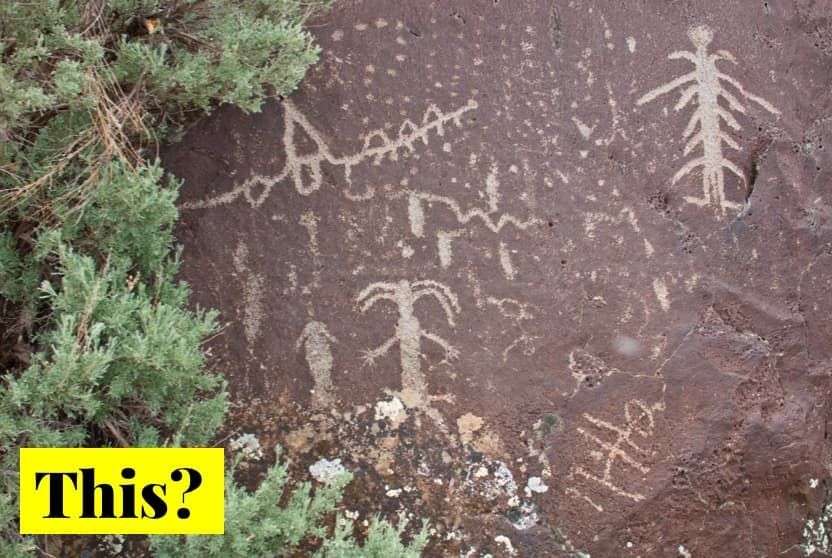
This petroglyph found in the Owyhee remains intact and preserved because when people recreate responsibly, it allows this culture and history to sustain.
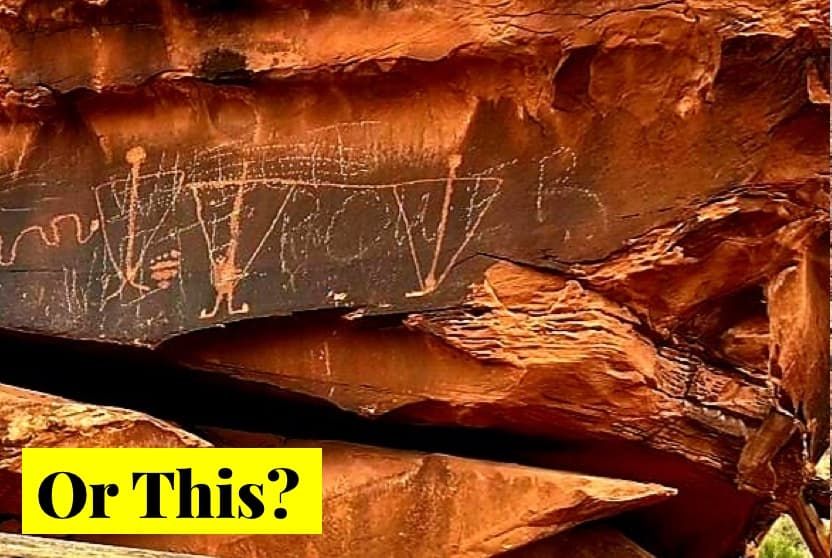
The "Birthing Rock" also known as the "Birthing Scene" is a historic petroglyph near Moab, Utah, that was defaced with slurs, vulgar drawings, and racist language. Photo by Maggie McGuire / Moab Sun News
Many Voices, One Wish
Oregon's Owyhee Canyonlands present the greatest conservation opportunity in the lower 48 United States today. Our country's public lands sustain us all, and it's up to all of us to advocate for meaningful protection. Right now, Oregonians across the state and from all walks of life are coming together to find solutions and make good things happen for one of this country's most valuable and vulnerable landscapes.
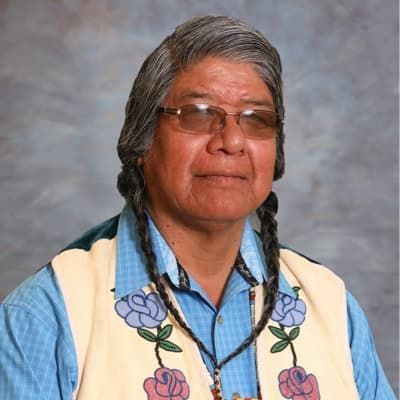
“We need to save these lands for the future generations so that they can have what our past people had: a sense of identity with the land.
The ecstatic nature of kids when they pick up rocks, agates, pieces of quartz, or fool’s gold or thunder eggs or just a shiny rock causes amazement to us because they still have that connection to the ground.
That connection that we start to lose when we become adults.
So I think we need to enjoy what we have because when we enjoy what we have and we enjoy our surroundings, I think we’ll die more peaceful. We’ll know we have accomplished something, even if we don’t know we accomplished it.
And that’s why it needs to be protected.”
Wilson Wewa serves on Confederated Tribes of the Warm Springs Tribal Council. He is a Northern Paiute spiritual leader, storyteller, author, presenter, and consultant.
“After four generations of living in Southern Malheur County, it’s impossible to say I’m not a product of the land. My great-grandfather left the coast of Northern Spain for Jordan Valley, Oregon when he was just twelve years old. How he had to adapt to survive in the high desert!
Here I am today, raising hay and livestock as he did - to support my young family and community. My hands are cracked from working the same sandy soil; cheeks sun- and wind-burned from the same bitter spring days.
I’m involved in the Malheur Community Empowerment for the Owyhee legislative process out of respect for where I came from and consideration for those to come. The Owyhee Region is, figuratively speaking, my oldest parent and youngest child. Here’s to the next generation who are and will be shaped by this rugged and demanding landscape.”
Elias Eiguren is a fourth-generation rancher who lives and works in Malheur County. He is also a board member of the Owyhee Basin Stewardship Coalition, whose mission is to sustain a healthy working landscape in Malheur County.
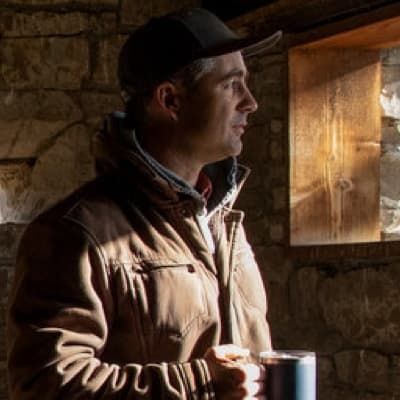
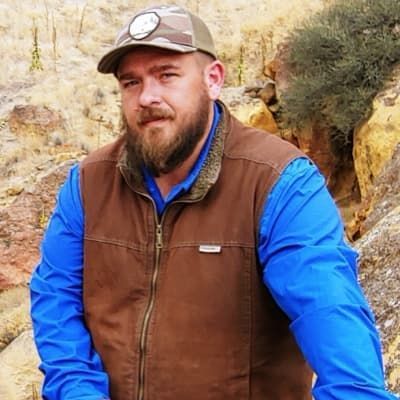
“Growing up in Adrian, I had a view of some of the Owyhee’s most stunning features, Three Fingers and Succor Creek Canyon, from my bedroom window. I still live nearby and the Owyhee is where I take my five children camping, hiking and hunting now.
Sometimes, people don’t appreciate what they have until it’s gone. I don’t want that to happen to a place as amazing as the Owyhee Canyonlands. If large power lines, wind energy or large mining operations moved in, they would mar open spaces and light up one of the last places in the U.S. that has no light pollution.
I strongly believe that protecting the Owyhee will help our economy, keep the area as it is and ensure we keep one of Malheur County’s biggest assets intact.”
Tim Davis is the executive director of Friends of the Owyhee, a non-profit friends group that helps promote conservation advocacy, stewardship, and recreation in the Owyhee region.
Take 1 minute now to protect this timeless landscape for the next generation
The geological, natural, and cultural wonders of Oregon’s Owyhee Canyonlands have withstood the test of time. Use your voice now to ensure they always will.
Add your name to support permanently protecting Oregon's Owyhee Canyonlands
Protecting Oregon's Owyhee Canyonlands
We will get back to you as soon as possible.
Please try again later.




